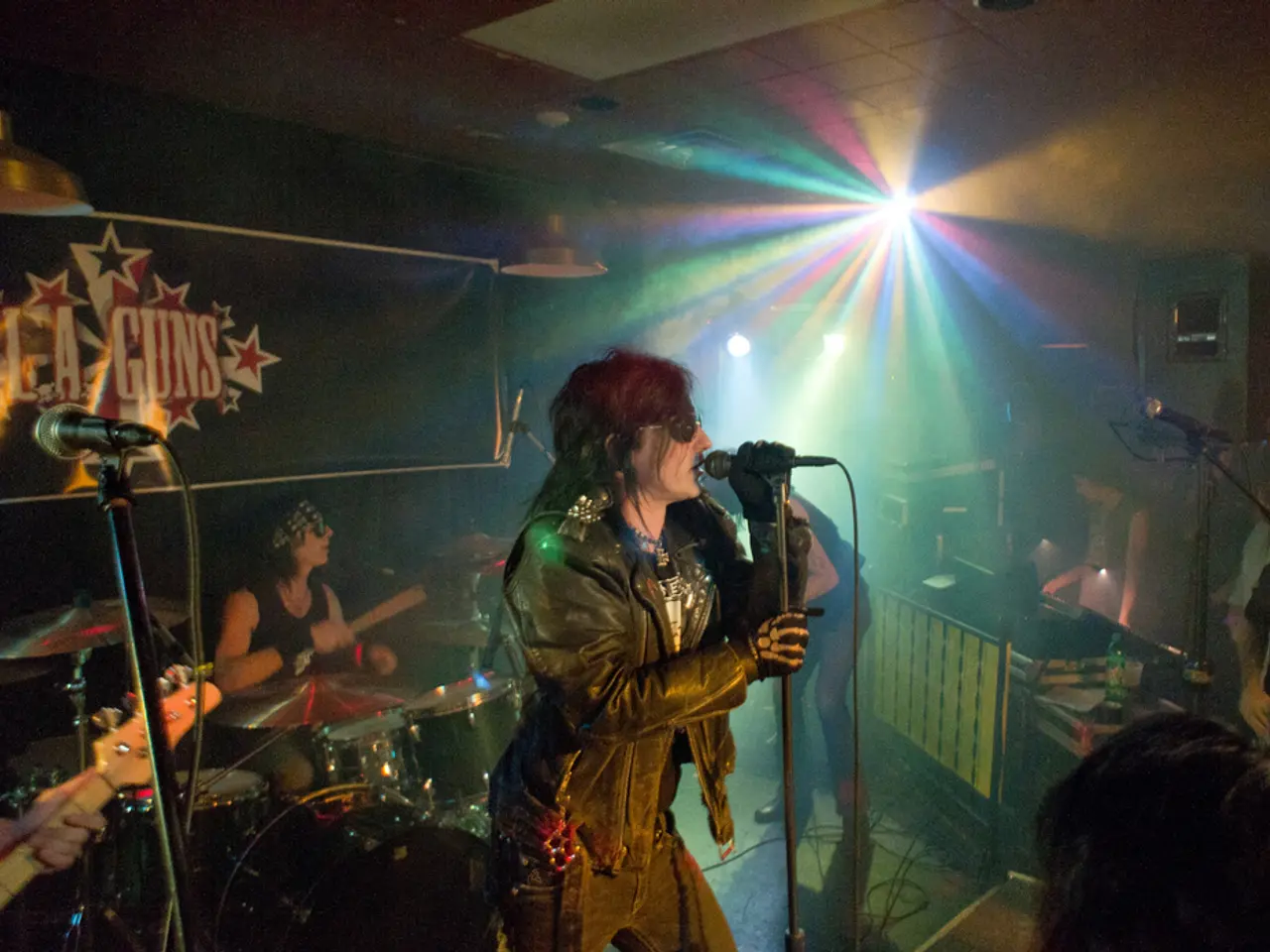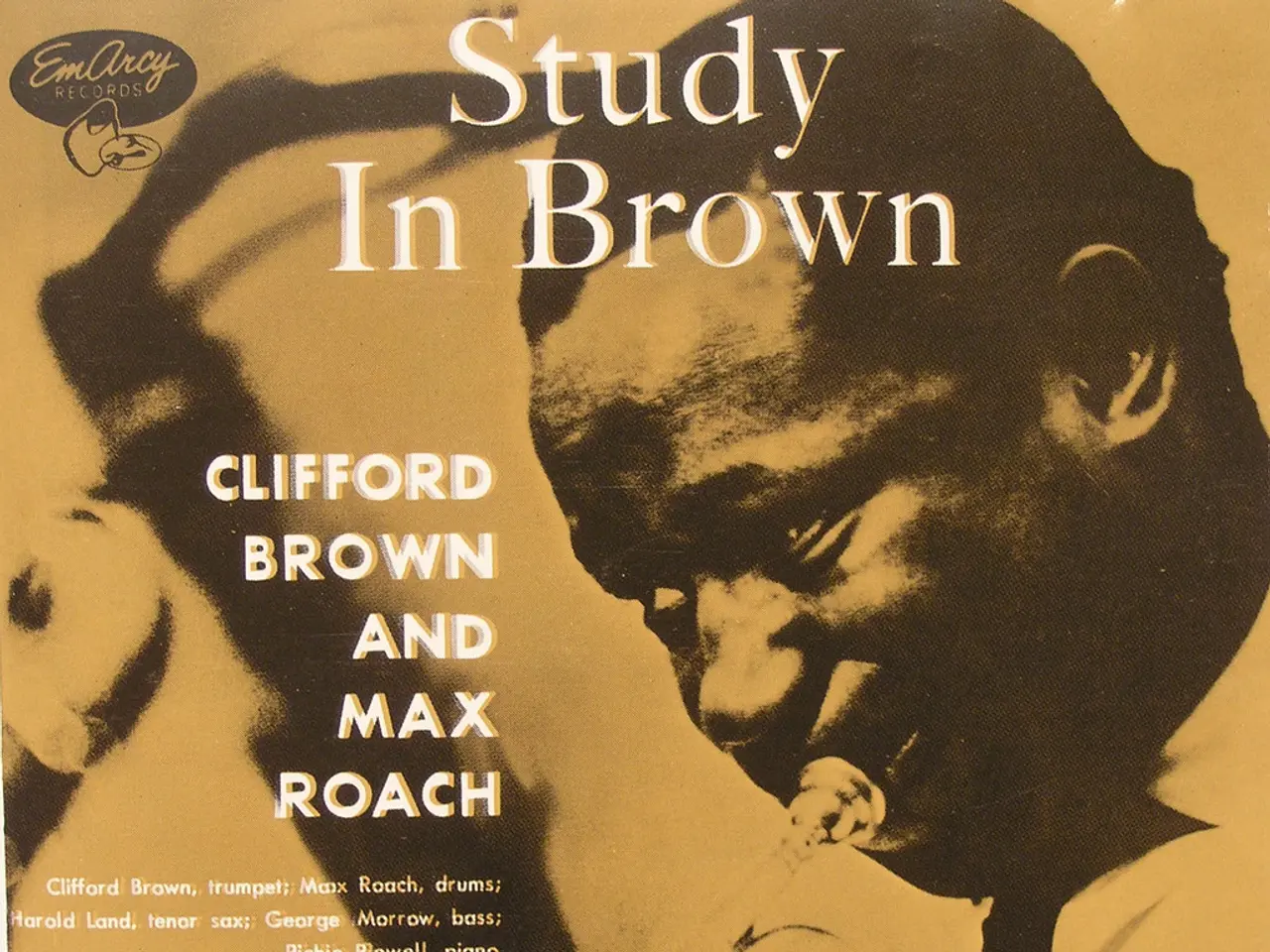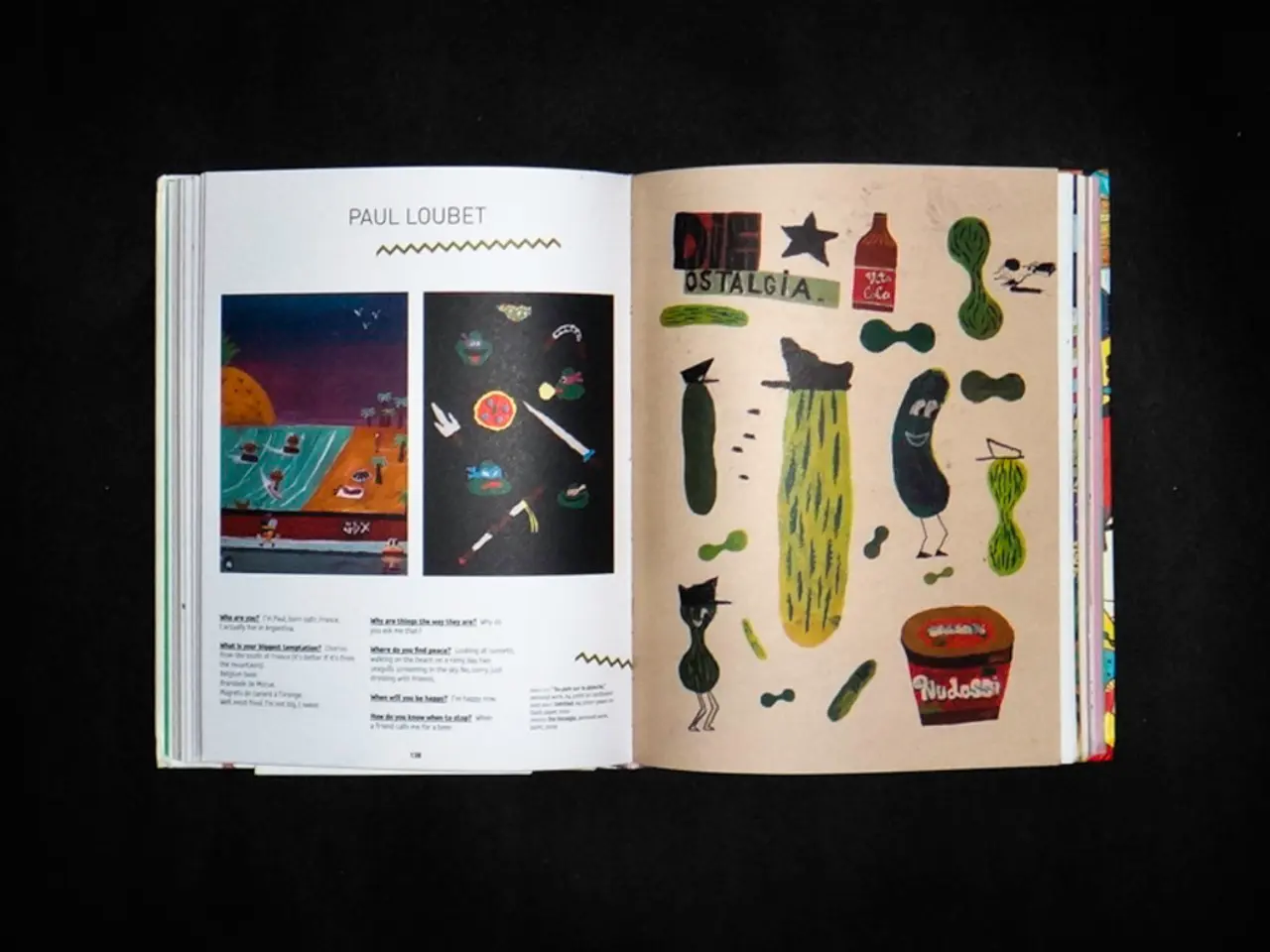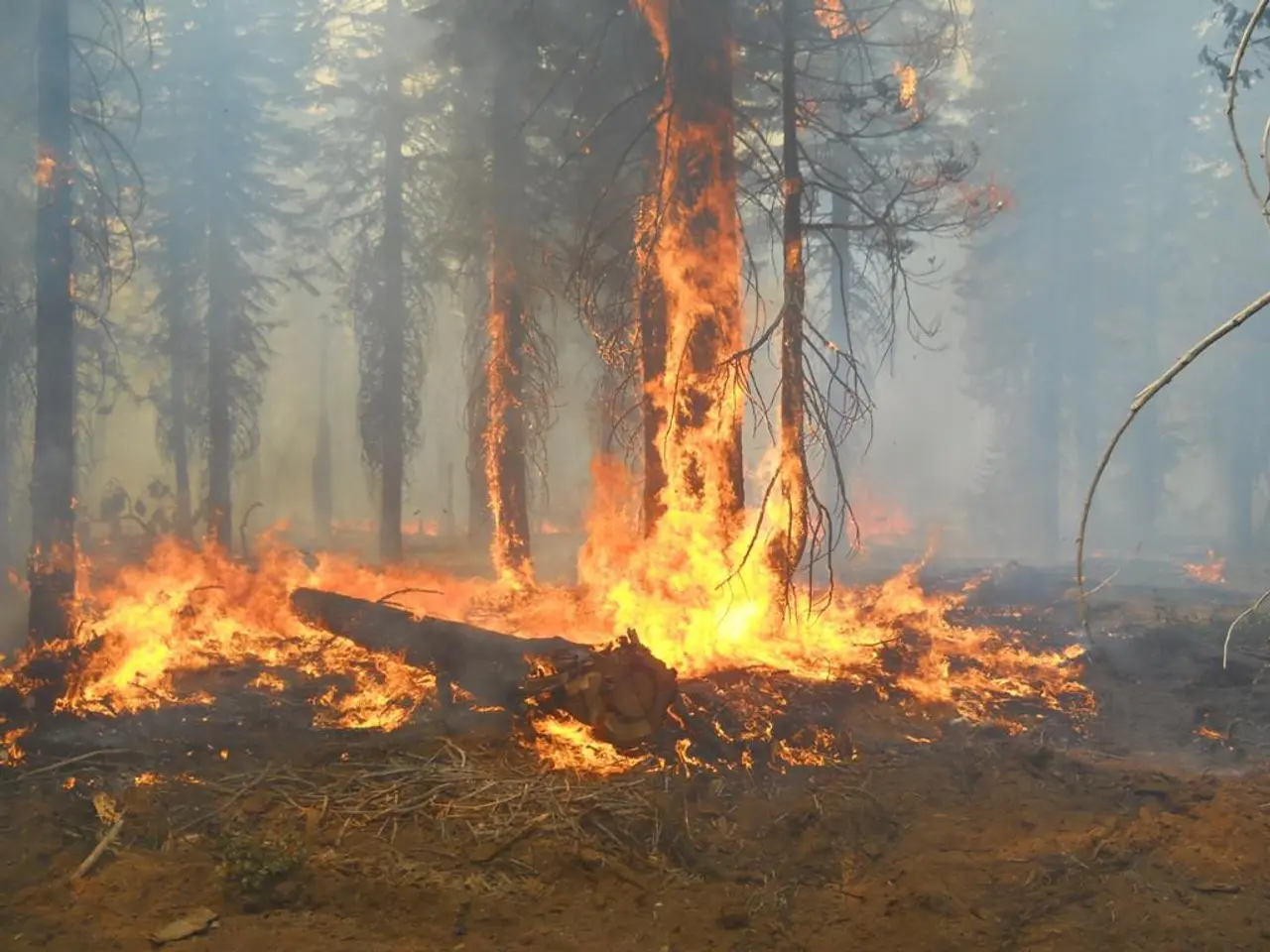Stirring Up the Call for Change: A Demand for Transformation
In the heart of South Africa's apartheid era, Valmont Layne grew up amidst a unique cultural landscape, one heavily influenced by the rhythm and soul of R&B music. This genre, along with prominent artists like Earth, Wind & Fire, Bob Marley, and many others, played a pivotal role in shaping the political and cultural identity of Black youth during this tumultuous period.
During apartheid, R&B music served as a crucial outlet for Black youth, providing a means to affirm their identity and communicate shared experiences of struggle and hope. Artists such as Robbie Jansen, Pacific Express, The Drive, Margaret Singana, and Brenda Fassie were central in spreading township music, blending traditional African sounds with R&B and funk influences that resonated deeply with their audiences.
These artists, both local and international, symbolised political resistance against racial oppression. Bob Marley's reggae, with its explicit political messages of freedom and anti-colonialism, inspired South African youth. Similarly, Michael Jackson brought visibility to Black excellence and pride at a time when apartheid suppressed these themes.
The influence of R&B music extended beyond South Africa's borders, fostering a sense of global Black solidarity. American R&B groups like Earth, Wind & Fire and The Whispers, along with reggae artists such as Marley, connected youth in South Africa spiritually and politically to a broader African diaspora movement.
Local musicians like Brenda Fassie and Margaret Singana often used indigenous languages and township vernacular in their music, reinforcing cultural pride and local identity amid systemic attempts at erasure. This linguistic choice was itself a form of protest and cultural preservation.
Post-apartheid, these artists and the musical movements they represented have remained iconic symbols of resilience and resistance. They've shaped a post-apartheid cultural optimism, demonstrating music’s ongoing power to challenge injustice and inspire societal change.
For Valmont Layne, R&B music was more than just a soundtrack for social events. It radicalised and shaped his political consciousness. During his youth, music, including R&B, was not encouraged by the state, and most of what was on the radio was not identified with as Black youth. However, DJs were playing music from informal networks, and Valmont Layne listened to a lot of disco, as well as artists like Robbie Jansen, Pacific Express, and The Drive.
Linton Kwesi Johnson, a British artist, introduced more politically-charged music to Valmont Layne. In 1985, Linton Kwesi Johnson was particularly significant for Valmont Layne, as he desired access to the "cachet" and "coolness" associated with this music. R&B music was difficult to access during Valmont Layne's upbringing, but getting access to music from outside became desirable. People had informal networks to find R&B records, and even though artists like Earth Wind & Fire and Michael Jackson were hard to find, a few Black artists, such as Margaret Singana and Brenda Fassie, were part of Valmont Layne's music collection.
In conclusion, R&B music—in its South African and international forms—served as a powerful medium of cultural affirmation, political resistance, and communal solidarity for Black youth confronting the apartheid system. Despite the challenges in accessing this music, its impact on shaping the political consciousness and cultural identity of individuals like Valmont Layne cannot be understated.
In the realm of entertainment, R&B music, along with politically-charged music from artists like Linton Kwesi Johnson, significantly influenced Valmont Layne's political consciousness during the apartheid era. This musical genre, along with artists such as Robbie Jansen, Pacific Express, The Drive, Margaret Singana, Brenda Fassie, Earth, Wind & Fire, Bob Marley, and Michael Jackson, played a pivotal role in fostering political resistance, cultural affirmation, and communal solidarity among Black youth. Furthermore, the general news of these artists and their music became a key discussion point, fueling conversations around Black excellence, identity, and social change within the broader African diaspora.








